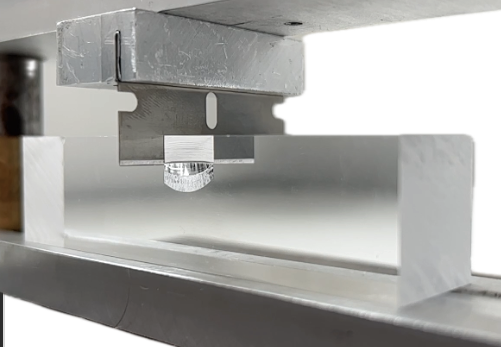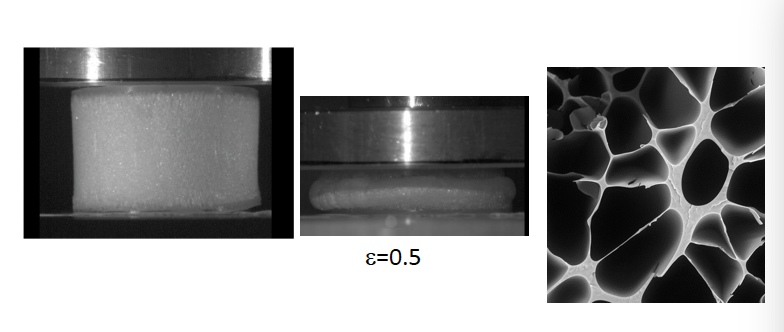We are working on the mechanical behavior of foams submitted to severe compression. The internship is about runing Abaqus simulations and analyzing the microstructure pre and post loading to better understand the link between the microstructure and the macroscopic behavior.If interested please contact me at julie . diani [ ] polytechnique.edu
Tag: Polymer
Comparison between two fracture tests, SENB vs. DCDC applied to acrylate polymers
We have compared the mode I opening critical energy release rate (GIc) measured using the single edge notch bending test and double cleavage drilled compression test on an elastic fragile PMMA and a bulk viscoplastic acrylate used as a glue for wind turbine blades. The study details the experimental procedure, for the crack initiation and […]
Damage phase-field approach vs. Cohesive zone model for double cleavage drilled compression fracture test
The double cleavage drilled compression (DCDC) test has been introduced for glass but also extended to test polymer. It is a slender prismatic specimen with a hole in its middle and cracks that are initiated at both poles. It is interesting because the loading is uniaxial compression and the cracks are submitted to opening mode […]
Damping optimization of polymer structures
Polymers are viscoelastic and therefore are interesting for damping applications, especially when used at temperatures laying in their glassy-to-rubbery transition where the material is showing significant viscoelasticity. During his PhD co-advised by Gregoire Allaire, Samuel Amstutz and me, Antoni Joubert has worked on the shape optimization of thin structures such as beams and plates to […]
Impact of the microstructure on the mechanical behavior of PEBAX foams
Five PEBAX foams provided by Arkema and obtained by mold-opening foam injection process has been studied. One one side, the microstructures have been characterized by DSC for the chemical and physical properties, and by scanning electron microscope image analysis for the structural properties. On the other side, the linear elasticity as well as the non-linear […]
Bouncing balls: An illustration of the viscoelasticity and temperature dependent behavior of polymers
Why are we playing with rubber bouncing balls when we are kids ? Can metal or ‘plastic’ balls bounce as well ? And why do squash players warm up their balls before starting the game ? Let us have a little of recreation time bouncing balls and answer these questions. For that, some polymer balls are made in lab. The polymer is an […]





